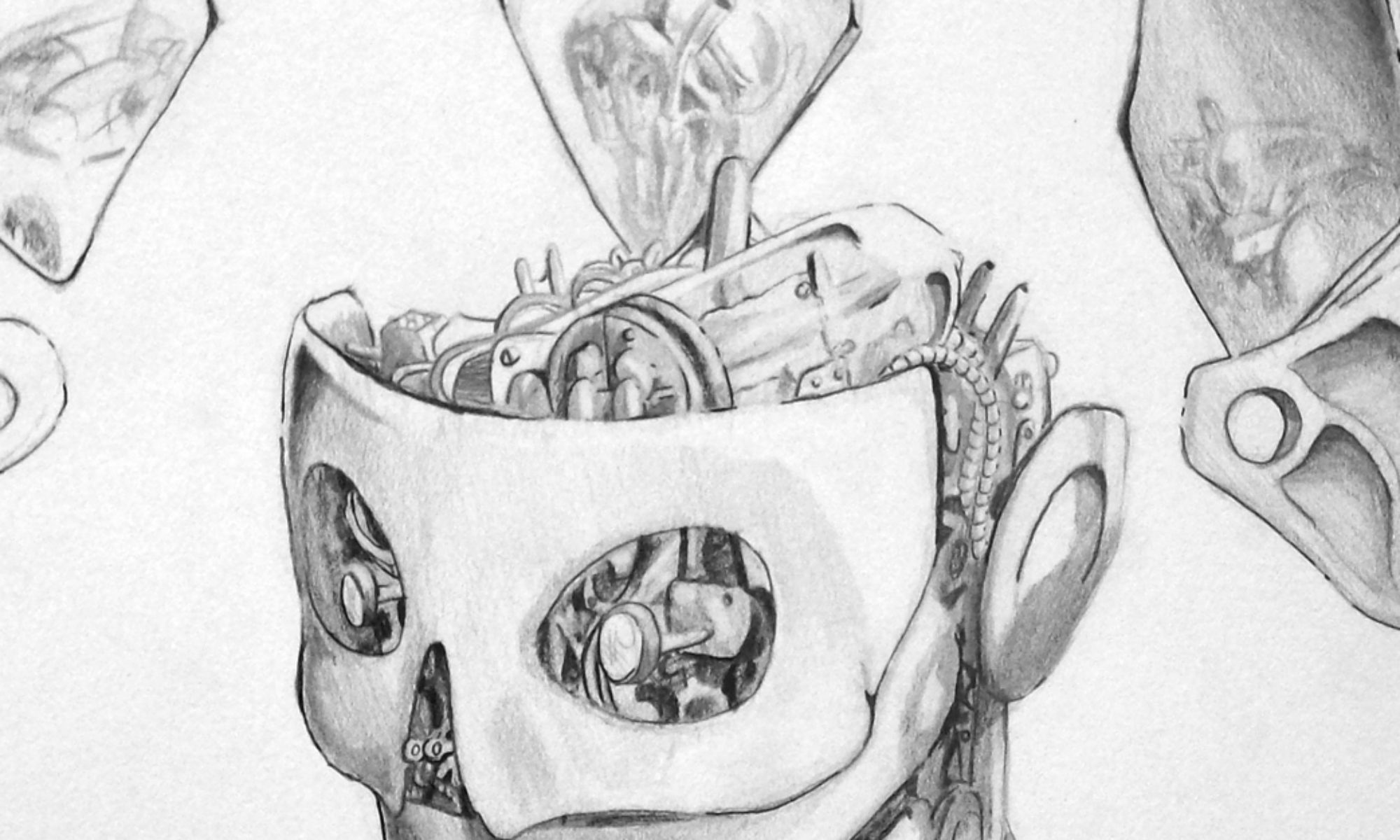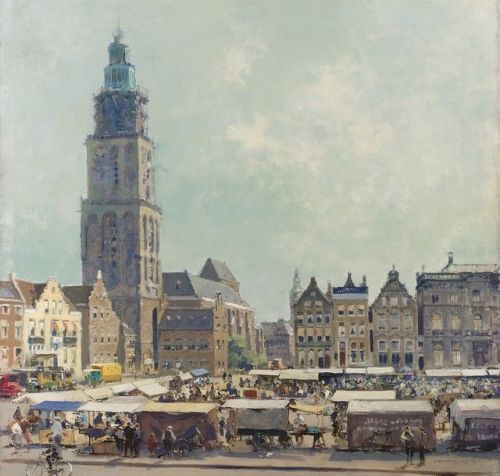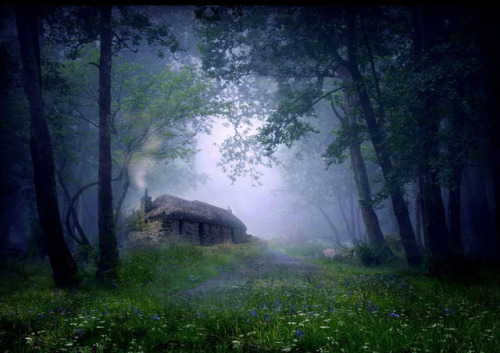
70sscifiart: Rodney Matthews


What a Marvelous day it is.



François Furet (Swiss, 1842-1919)
Allegory of justice, N/D
Project for a ceiling. Oil on canvas, 22 x 27 cm

That is an interesting question because, to be honest, its not one that I have considered before, at least not on purpose. Reading it I can think that people behave different in a glass house that on a stone house but that is not only because of the thinness of the material, it more has to do with a sense of protection and strength of the structure.
I would look at the beautifully thin paper walls or room dividers of old Japanese structures, shōji. A diaphanous filter to the outside world that allows the interior of the house to connect to the outside. A part of the traditional Japanese architecture that has been adapted through the ages and its still very much a part of contemporary architecture.

Cornelis Vreedenburgh (Dutch, 1880-1946)
The Grote Markt, Groningen, N/D
Oil on canvas 51,3 x 53,2 cm

I am riding the mac n cheeze dragon this weekend so i’m making this tonight except I’m using pumpkin and putting broccoli in it and also topping it with breadcrumbs and baking it
